Regulatory Support for API Banking
The API Banking Market appears to be bolstered by increasing regulatory support aimed at fostering innovation and competition. Regulatory bodies are implementing frameworks that encourage banks to adopt open banking practices, which facilitate the sharing of customer data with third-party providers. This regulatory push is likely to enhance the adoption of APIs, as banks seek to comply with new standards while improving their service offerings. For instance, regulations such as PSD2 in Europe have mandated banks to provide access to customer data, thereby driving the API Banking Market forward. As a result, banks are investing in API technologies to ensure compliance and enhance their competitive edge.
Focus on Enhanced Security Measures
As the API Banking Market expands, the focus on enhanced security measures becomes increasingly critical. With the rise in cyber threats, banks are prioritizing the implementation of robust security protocols to protect sensitive customer data accessed through APIs. This emphasis on security is likely to drive investment in advanced authentication methods, encryption technologies, and fraud detection systems. According to industry reports, spending on cybersecurity in the banking sector is expected to exceed $30 billion by 2025. Consequently, the API Banking Market is likely to benefit from these investments, as secure APIs foster customer trust and encourage wider adoption of digital banking services.
Technological Advancements in Banking
Technological advancements are playing a pivotal role in shaping the API Banking Market. Innovations such as artificial intelligence, machine learning, and blockchain are being integrated into banking operations, enhancing the functionality and security of APIs. These technologies enable banks to process transactions more efficiently and securely, thereby attracting more customers. For instance, the implementation of AI-driven chatbots through APIs allows banks to provide 24/7 customer support, significantly improving user experience. As technology continues to evolve, the API Banking Market is expected to grow, with banks increasingly leveraging these advancements to optimize their services.
Growing Demand for Digital Financial Services
The API Banking Market is experiencing a surge in demand for digital financial services, driven by changing consumer preferences. Customers increasingly favor seamless, digital-first experiences, prompting banks to innovate their service delivery through APIs. According to recent data, the number of digital banking users is projected to reach over 3 billion by 2025, indicating a substantial market opportunity for API-driven solutions. This trend compels financial institutions to integrate APIs into their systems, enabling them to offer personalized services and improve customer engagement. Consequently, the API Banking Market is likely to expand as banks strive to meet the evolving expectations of tech-savvy consumers.
Increased Collaboration with Technology Providers
The API Banking Market is witnessing a notable trend of increased collaboration between banks and technology providers. This partnership model allows banks to leverage the expertise of fintech companies in developing innovative API solutions. By collaborating with tech firms, banks can enhance their service offerings and accelerate the deployment of new products. Recent statistics indicate that partnerships between banks and fintechs have increased by over 30% in the past year, highlighting the growing recognition of the value that technology providers bring to the API Banking Market. Such collaborations are likely to drive innovation and improve operational efficiency within the banking sector.


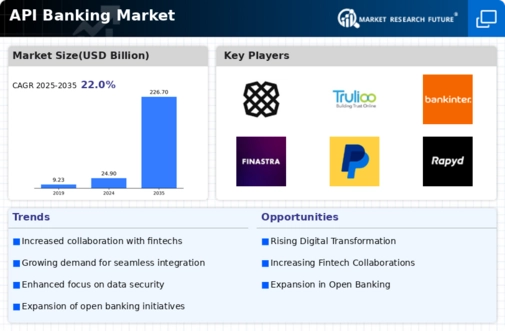
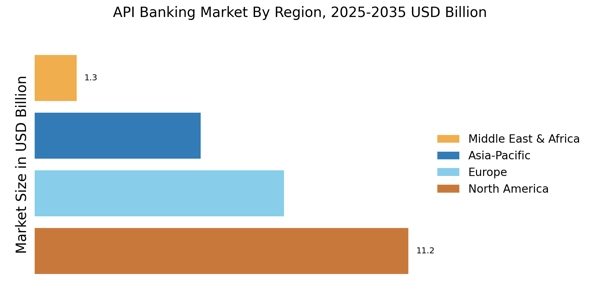
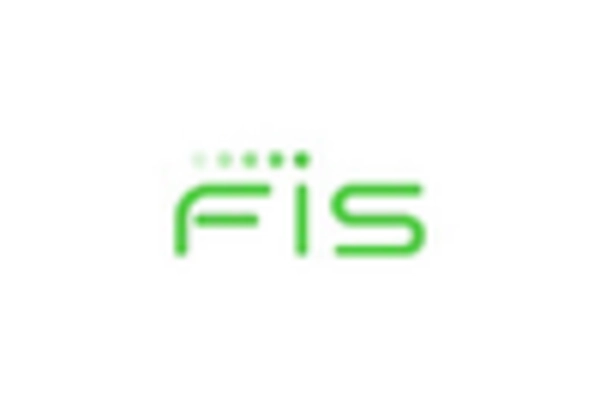
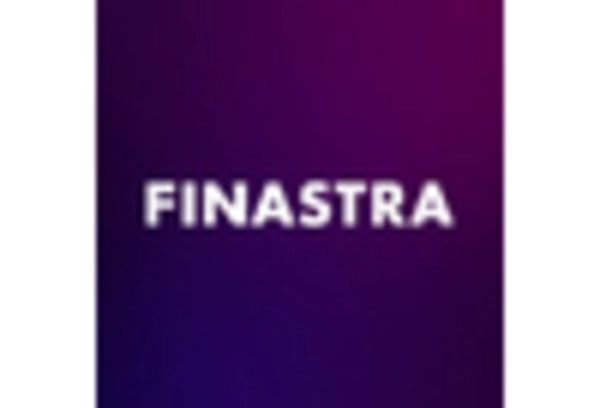
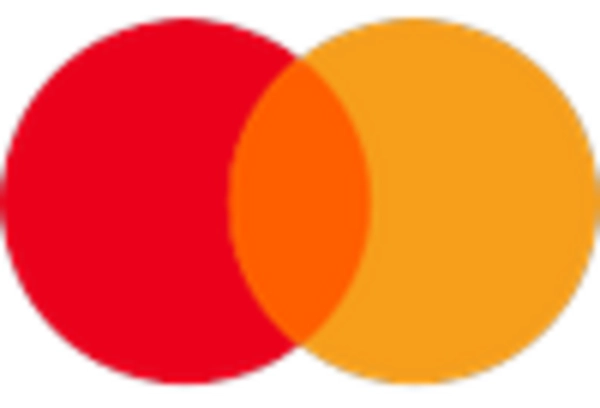
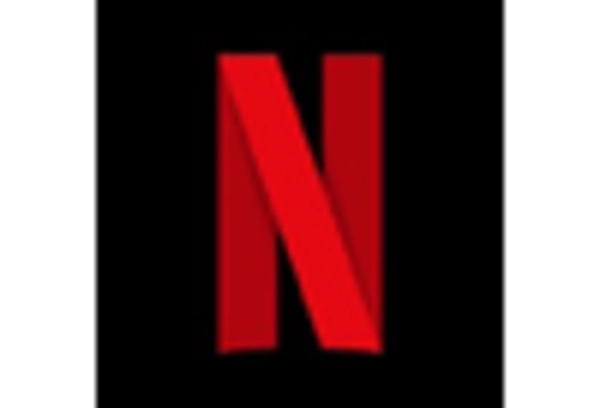
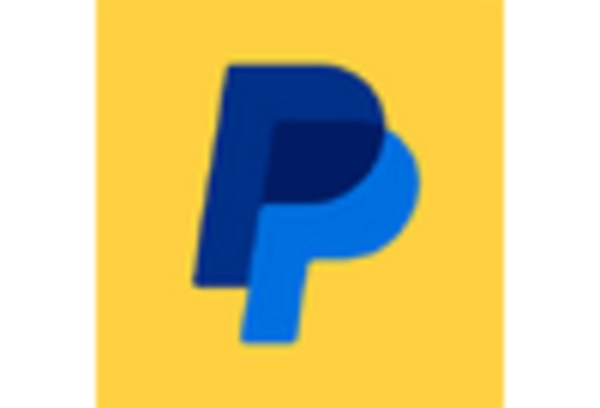
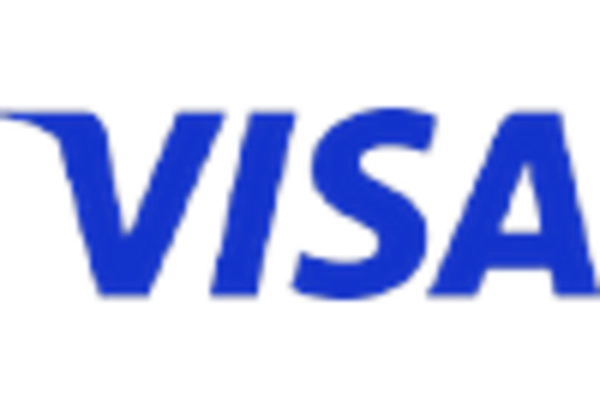








Leave a Comment